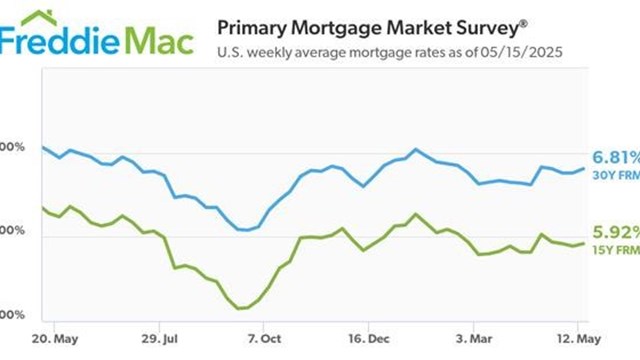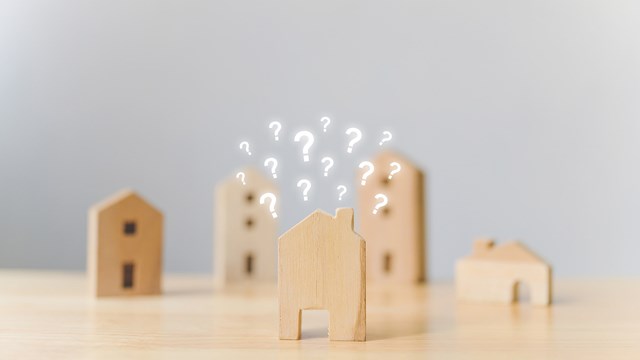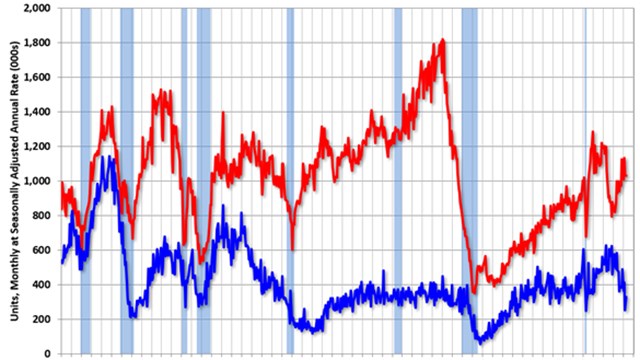Despite the acute recent rise in interest rates, the tristate condominium and co-op market continues to show strength; a decline doesn’t seem to be imminent - at least not in the foreseeable future. For many seeking home ownership in a more urban environment, condominium and co-op units remain the model of choice.
That being said, recent changes in the laws governing the conversion of existing properties to condominium ownership in both New York and New Jersey have thrown some curveballs into the market and the conversion process.
A Game of Ping Pong
In New York State, the conversion of existing rental apartments to co-op or condo ownership came under direct threat with the passage of the Housing Stability and Tenant Protection Act in June of 2019, by which the state legislature turned back the clock on rules governing such conversions to something resembling the landscape of the early 1980s.
Changes included increasing the required percentage of bona fide purchases by occupants from 15% to 51%, “Which was the requirement under the former law,” explains Shaun Pappas, a partner at Starr Associates, a law firm based in Manhattan. “Under the 2019 law, the sponsor has to sell 50% of the offered units to current tenants - which is impossible. In the past three years, despite the strength of the market and despite covid, this requirement has had a terrible effect on conversions, and has seriously affected the value of assets appropriate for conversion.”
“It’s hard to know how Governor Hochul was convinced to change the law,” Pappas continues, “but she is a fairly moderate person and understands the value of real estate, and the real estate industry in New York. She recognized how the 2019 law affected the industry, and was open to a discussion and a repair of the law. These changes are designed to address those problems.”
The changes to the law, while modest, start with smaller buildings with five units or less. An owner can convert based on the old 15% rule instead of the new 51% requirement. “The wrinkle in the new law,” explains Pappas, “is that the sponsor must live in the building. At this time, we have put questions to the Attorney General’s office to clarify the new rules. Specifically, what if the sponsor isn’t necessarily a person? What if the sponsor is an entity with many partners behind the curtain? Under this new law, it appears the investor would have to put someone in ownership into the building for two years to qualify for conversion. Overall, this looks like ice in the winter.”
For owners who also occupy a unit in their building containing five units or less, the change in the law is helpful - but Pappas reports that he has seen this situation exactly once in the past decade.
Protection, or Housing Shortage?
In New Jersey, the situation is not very different. While there’s no onerous state law dictating the percentage of existing rental tenants who must buy in order to convert a rental property to condominium ownership, a state statute was passed in 2022 to exempt “affordable housing units” from conversion in an overheated and highly priced condominium market.
Scott Piekarsky, an attorney with Hackensack-based law firm Phillips Nizer explains: “There isn’t a distinction in conversions between large and small buildings in New Jersey, but there is a lot of regulation. There must be a three-year notice to the tenants, for starters. There’s also a requirement of a notice to evict, because in fact, it’s an eviction. Tenants must have adequate time to find someplace else to live, if they choose not to buy. Also, there’s a requirement of a notice of intent to convert, and an offering plan to convert the property. Extra protection is provided for seniors and people with disabilities as well. Legislation was passed to block the conversion of affordable rental units last year. Advocates wanted a five-year moratorium, but it never passed.”
‘Affordable’ housing units, explains Piekarsky, means units where renters have lower income, “Certainly five-figure incomes in most cases, and they have to qualify according to the terms of the law. If they do, there’s a designation of their unit as an affordable unit. This legislation was passed so that units like these couldn’t be removed from the market just to sell buildings. We haven’t seen much repercussion from the change though. There were relatively few affordable units as opposed to market units to begin with.
For now, it’s clear that there is a growing conflict between the interests of those who rent, and those who desire to own - or put another way, between the rights of those who cannot afford to enter the overheated owned housing market, and the market’s own tendency to dictate the highest and best use of existing housing stock.










Leave a Comment